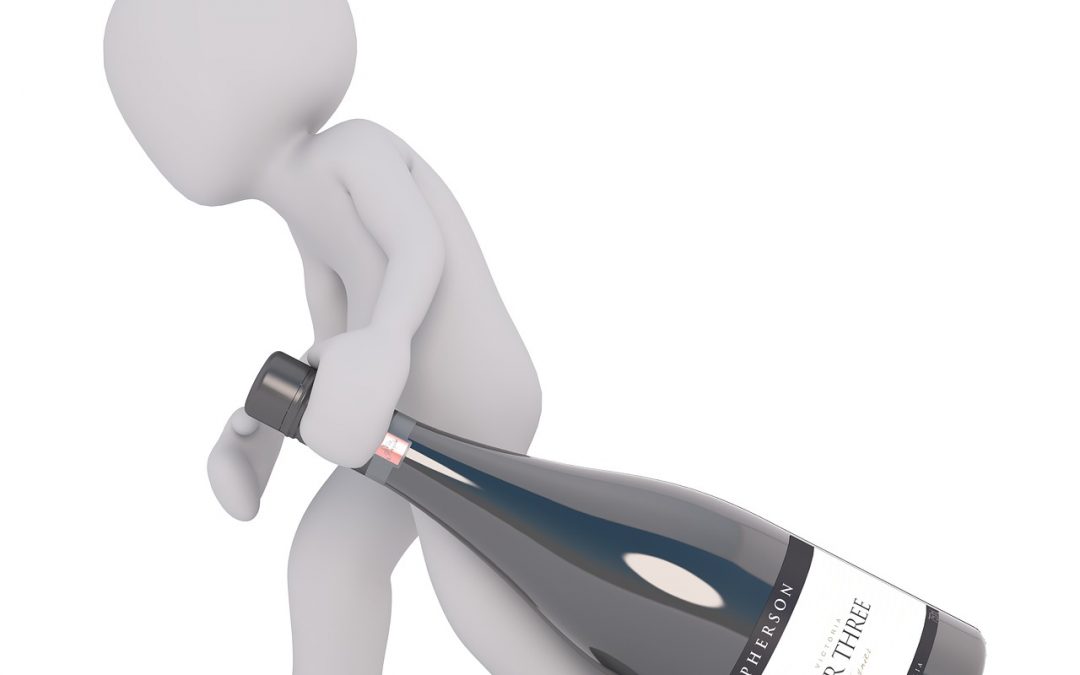Everyone knows someone who has an addiction problem. It could be an addiction to cigarettes, alcohol, drugs, prescription medications, sex, shopping, eating or just about anything else that fills their need. The statistics are telling. What isn’t always told is the toll the addiction problem takes on immediate family members. In many cases, it is truly too much for folks to handle. It can leave family members feeling alone, helpless and hopeless. Interestingly, these are often the very same emotions that the person with the addiction is also experiencing.
In the 1980’s, Sharon Wegsheider-Cruse created a family counseling model called The Family Trap to help people see what role they were playing in a family having a chemical dependent member. Over the years, Sharon has updated this original version, although the major tenets remain intact. Her model has become a tool used not only in addictions counseling and detox programs, but has also been used by business, governments and other health care providers. She has also presented this counseling model on several television shows.
Sharon views the family as a dynamic organism in which each member affects the health and happiness of the others. The family is an organism having interdependent parts which work in a system. This system works together, sometimes for peace and harmony, sometimes for destruction and at other times for survival. In a family where there is stress, the whole family system gradually shifts to bring balance, stability or survival.
In a chemically dependent family, each of the individual parts is affected by the growing dysfunction of the addict. Each family member adapts to the behavior of the addict by developing behavior that causes the least amount of personal stress. Just as the addict is suffering from self-delusion in regard to the use of the chemical, so are the family members suffering from self-delusion. As the addiction progresses, each family member compulsively represses his/her feelings and learns to react with a survival behavior. The behavior serves to build a wall of defenses for protection from pain. These defenses are psychological, emotional and behavioural in nature.
The Chemically Dependent Person has an inner core of true feelings which are covered up by a wall of defenses; this creates the trap of self-delusion. The true feelings found at the inner core are: pain, hurt, guilt, shame and fear. The wall of defenses needed to block these feelings includes: anger, charm, rigidity, aggression, righteousness, grandiosity and perfectionism
People living around the dependent person are living with both messages coming from the dependent. There are the internal messages which are uncomfortable sensations coming from the repressed feelings and then there are the obvious set of defenses which are seen and heard by each family member. Because of the system’s need for balance, each family member begins to respond to the dependent from a double level position. Family members begin to repress their feelings and also develop a set of defenses to protect them from further pain. Each family member finds a survival role. Because the repressed inner core feelings are unavailable to the dependent, there is very little chance that the rest of the family will be any more aware of their own feelings. This growing action/reaction of the dependent and the family is a self-deluded process. The family grows more out of touch with reality. As the compulsion grows between the dependent and the addictive substance/behavior, so does the compulsion grow between the dependent’s behavior and the family’s reaction.
The primary compulsion between the dependent and the addictive chemical/behavior can be described as: 1. Primary 2. Progressive 3. Chronic 4. Potentially fatal
What is a secondary compulsion in the family system becomes a primary compulsion for each family member. Each becomes locked into a set of rigid survival defenses and needs help to become aware of these compulsive behavior patterns.
Survival roles within this system can be characterized as: • Chief Enabler – often a spouse, parent, friend or co-worker whose primary role is to provide responsibility to the system • Family Hero – often the school jock, company man, social nice gal/guy whose primary role is to provide self-worth to the system • Family Scapegoat – often the school problem, company trouble maker, or social jerk whose primary role is to offer distraction and focus to the system • Family Lost Child – often the school day-dreamer, company drone, or social loner whose primary role is to offer relief to the system • Family Mascot – often the school clown, company joker or social cut-up whose primary role is to offer fun and humor to the system
Because of the wall of defenses each person creates, it is difficult for these folks to truly feel and express their inner core emotions. Each family member gets locked into these survival patterns. They work well within the family to offer protection from the growing pain. But because of the self-delusion and compulsive nature of these behavior patterns, the family member takes this behavior into every other relationship. The wall of defenses and repressed feelings now become a primary problem for each family member.
Breaking down the wall of delusions and recognizing and expressing the true inner core feelings are not only necessary for the dependent person, but also for each family member if a return to authentic living is to be achieved. Nothing is impossible. But it starts with acknowledging the situation and one’s part in it.
At the Natural Comfort Wellness Centre, we offer several energetic and aromatic services that help people to gently break down their wall of defenses and begin to acknowledge and express their true feelings. Once the inner core feelings have been acknowledged and released, there is an opportunity for personal growth, self-appreciation, love and inner peace. It takes one step at a time. Let us help you find your way “home”

